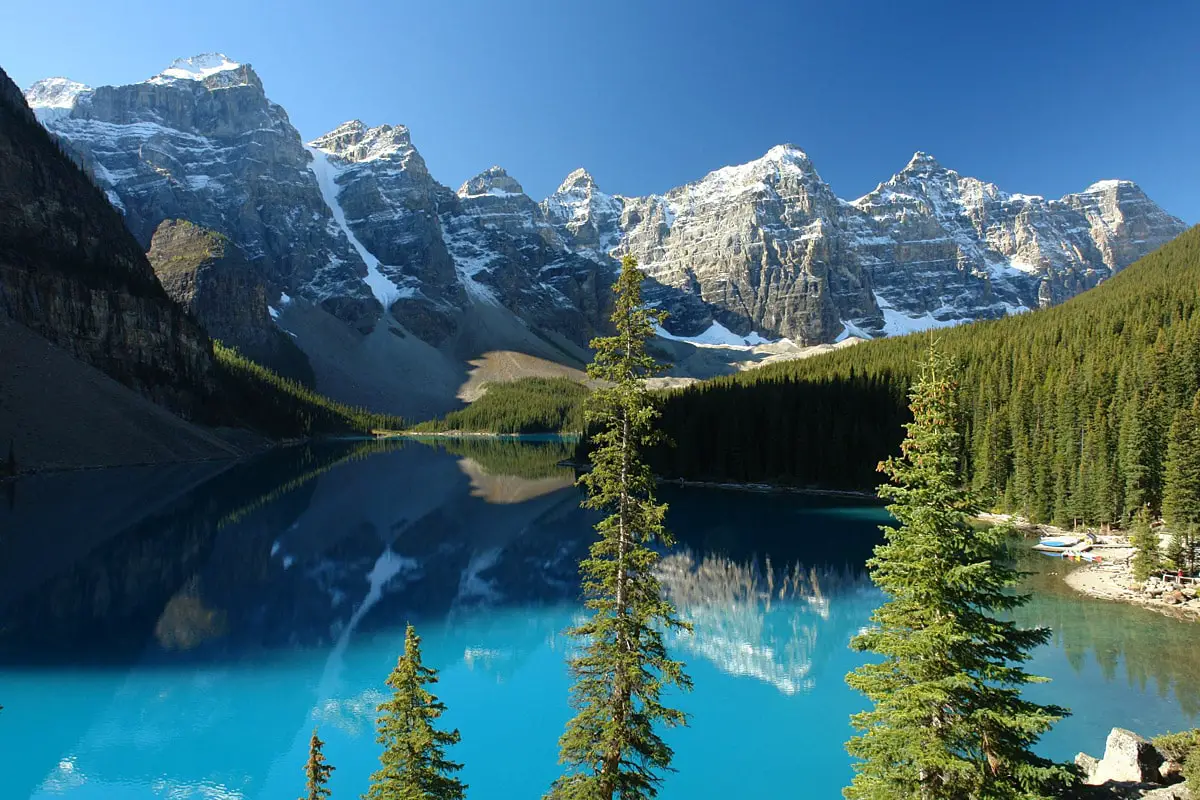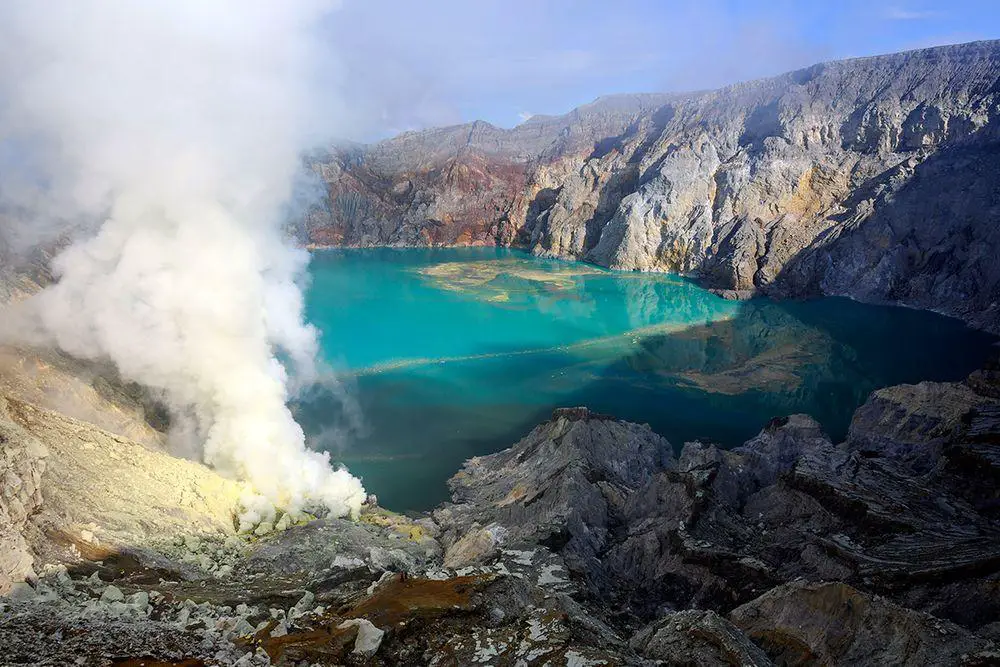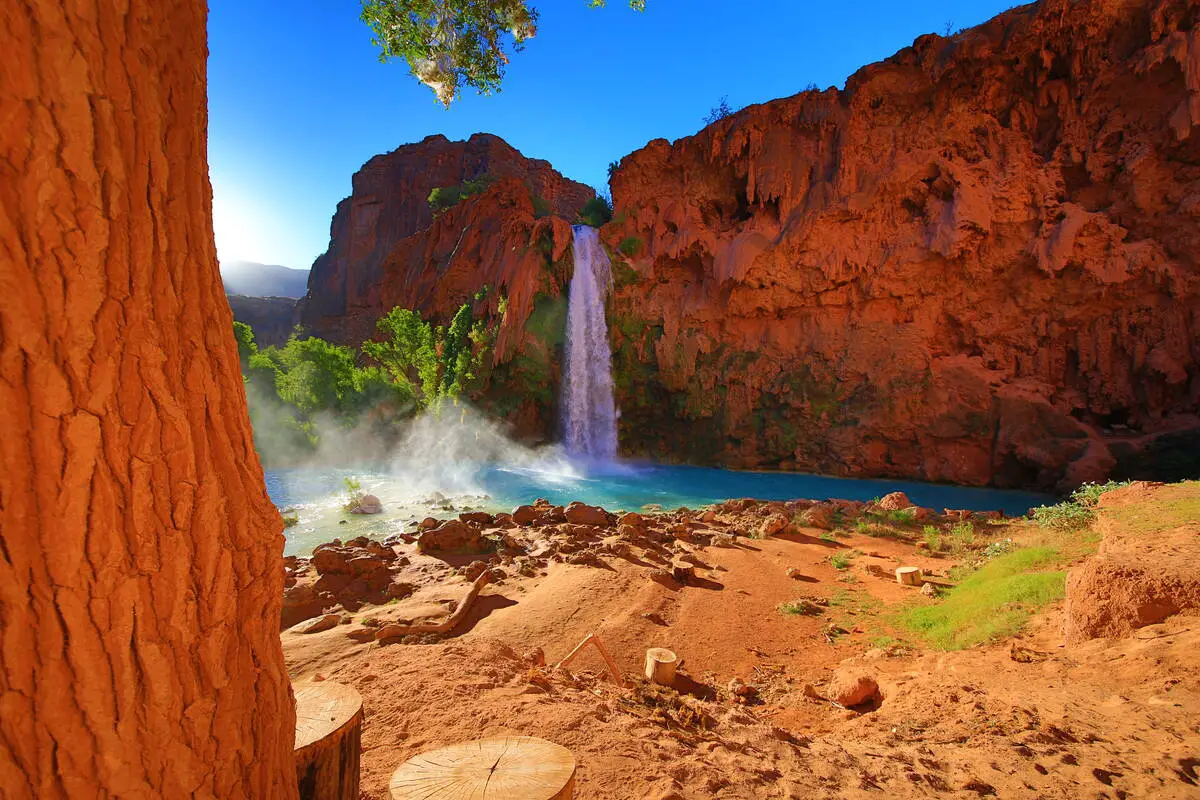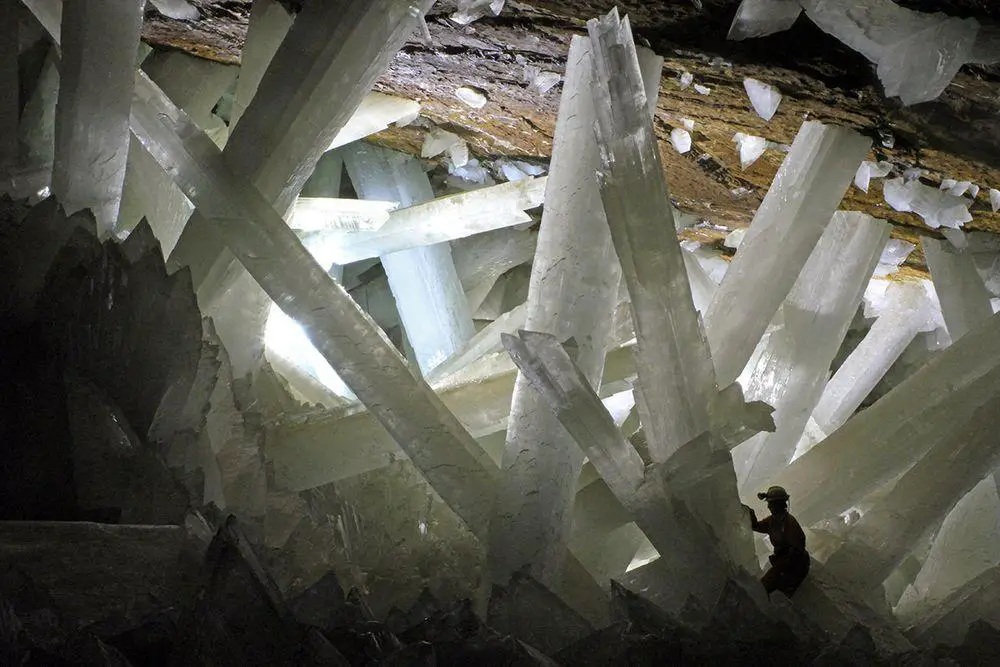World 🢖 North America 🢖 Canada 🢖 Nunavut
Lakes and streams 🢔 Geological wonders 🢔 Categories of wonders
Wonder
Hypersaline lakes beneath the Devon Ice Cap
 In short
In short
Two very unusual lakes were discovered under the thick ice of Devon Island in the Canadian Arctic in 2018. These lakes, most likely, are hypersaline and not freezing at the temperature which is constantly below -10.5°C.
 23.8%
23.8%
GPS coordinates
Location, address
Area
Map of the site
If you see this after your page is loaded completely, leafletJS files are missing.
 In detail
In detail
Lakes have been isolated from the outer world for at least 120 thousand years and may contain unique life forms. Thus far there are not known other similar lakes in the world.
Subglacial lakes
Subglacial lakes are not too rare. There are known more than 400 such lakes under the ice sheets of Antarctica and several such lakes under the ice sheet of Greenland and some other places.
These lakes are squeezed between the ground and an enormous ice shield. Some of these lakes are small, isolated worlds without contact with the outside world. Famous is the Blood Falls in Antarctica – a seep from one such amazing subglacial water body, which has been isolated from the outside world for more than one million years.
These lakes are in eternal darkness and cold – but there happen to be living beings in them. Such a discovery was made in 2014 in the isolated Subglacial Lake Whillans, Antarctica. Discovery was nothing too “serious” – just microorganisms, but, nevertheless, these microorganisms are very interesting to science and our understanding of the genesis of life in general.
Normally such lakes could exist if the temperature at the base of the glacier is above the melting point. Even in the harsh climate of Antarctica, these lakes are not frozen thanks to the isolation of the thick ice layer above them and warmth from the ground – geothermal heating. Under the pressure of the ice shield, the freezing temperature is a little bit below zero.
First subglacial lakes in Canada
Surprising result of radio-echo sounding
An international team of researchers led by Anja Rutishauser (University of Alberta) was performing radio-echo sounding of the glacier in the far north of Canada – the Devon Ice Cap on Devon Island (by the way, the largest uninhabited island in the world). This was routine sounding and researchers did not expect to find anything special.
Nevertheless, the result was unexpected. The received data had reflective anomalies which testified: below the thick layer of the ice could be lakes. The preliminary results of the research were published in 2018.
T1 and T2
Anomalies were nicknamed – T1 (area at least 500 ha) and T2 (at least 830 ha). The thickness of the ice above T1 is 560 m and above T2 – 740 m.
But there is a hint. Estimates by the specialists show that the base of the Devon Ice Cap is not warm – the temperature at the contact of the bedrock and the ice is around -10.5 – -12°C or even less. This ice shield is located in a mountainous area and the shields are not thick enough to accumulate geothermal heat closer to the surface of the bedrock.
When water is liquid at -12°C? When there is much salt in it!
Hypersaline subglacial lakes
Devon Ice Cap lies over very ancient, Archean rocks as well as newer Cambrian – Ordovician evaporite rocks which to a large extent consist of halite (common rock salt). And – indeed, T1 is located on this salty bedrock and, most likely T2 at least partly is located over it. Thus – yes, T1 and T2, most likely, do not freeze because they contain lots of salt.
In order to remain in a liquid state under the temperatures of -10.5 – -12°C there is needed a salinity of 140 – 160 practical salinity units (PSU) but is highly likely that salinity here is even higher. In comparison, seawater has a salinity of some 35 PSU.
These are the only known hypersaline subglacial lakes in the world. But this status may not hold for long: the salt-bearing Bay Fiord Formation is exposed under some more ice caps of Canadian Arctic islands. Future research, most likely, will bring the discovery of several more hypersaline subglacial lakes.
Is there life?
Hypersaline lakes below Devon Ice Cap have been isolated from the outer world for at least 120 thousand years. It is possible that throughout these long years inside these lakes have survived and evolved unique microorganisms.
Specialists consider that similar lakes could be discovered on other planets or their moons. One candidate is Europa – the moon of Jupiter, which is covered with a shield of ice and has an oxygen atmosphere. Below the ice could be a liquid ocean – and… maybe there are some life forms?
References
- Anja Rutishauser, Donald D. Blankenship, Martin Sharp, Mark L. Skidmore, Jamin S. Greenbaum, Cyril Grima, Dustin M. Schroeder, Julian A. Dowdeswell and Duncan A. Young, Discovery of a hypersaline subglacial lake complex beneath Devon Ice Cap, Canadian Arctic. Science Advances 11 Apr 2018: Vol. 4, no. 4, DOI: 10.1126/sciadv.aar4353. Accessed on November 27, 2018.
Hypersaline lakes beneath the Devon Ice Cap are included in the following article:
 Linked articles
Linked articles

Wonders of Canada
The second largest country in the world (by size) has plenty of landmarks and wonders to offer. Most impressive are natural landmarks, especially the waterfalls, cliffs, and other landmarks in the Canadian mountains.

Lakes and streams
There are many factors that can make lakes, sea bays, or rivers unusual. Some lakes have unusual chemical properties and even do not contain water at all – such as lava lakes. Others may have unusual animals living in them or… legends about such animals.

Wonders of North America
North America is a very diverse continent that extends from the northernmost land of the world to the moist tropical wilderness of Darien Gap. The most amazing wonders of North America are the prehistoric monuments of Mesoamerica, the geysers of Yellowstone, and colonial architecture.
 Recommended books
Recommended books
Nunavut Travel map
The far north of Canada, north of 60 degrees, consists of three territories; the Yukon, the Northwest Territories, and Nunavut. Until now, there has never been a proper map of the territory that was carved off from the NWT a quarter-century ago. With only 30,000 people and a scattering of settlements, Nunavut is larger than western Europe in area. This map took years to prepare, using 1:250,000 scale government topo maps as a base and tracing thousands of little lakes.


